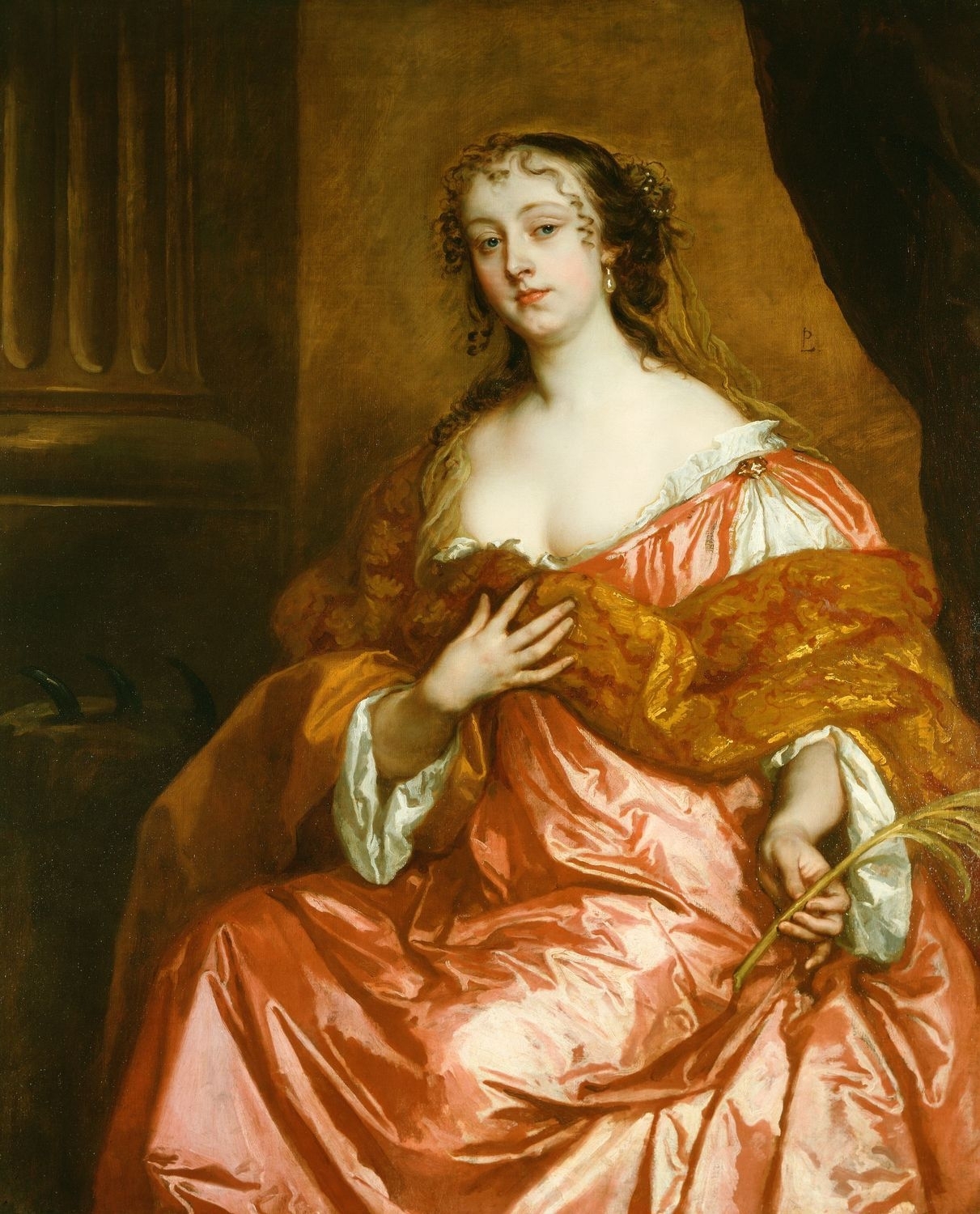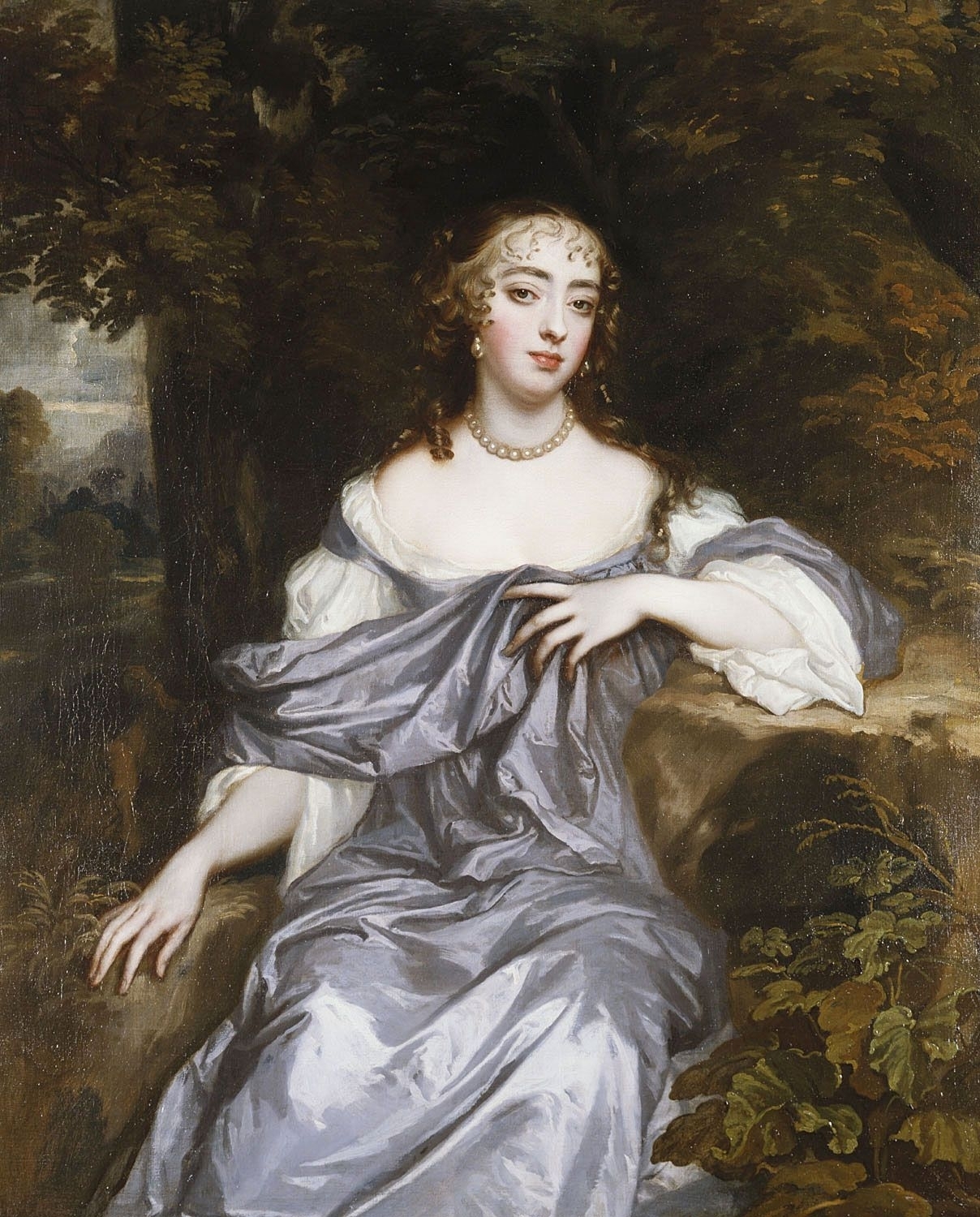Christine Keeler, 1963
gelatin silver print, printed 1991
signed, titled, dated and numbered '19/50' in ink, blindstamp credit in margin
18 x 13 7/8in. (45.5 x 35.3cm.)
Scenes of Whitby, 1880s
Album of 54 albumen prints.
Most initialled/numbered in negatives, majority captioned in ink on mounts. Each approx. 5 x 8in. (12.7 x 20.3cm.) or reverse. Burgundy leather.
Album size: 12 x 10in. (35.5 x 25cm.)
Greta Garbo, 1930s-40s
gelatin silver print
7½ x 7½in. (19 x 19cm.)
Underwater nude, 1979
gelatin silver print
signed and dated in pencil on mount
13 5/8 x 10½in. (34.7 x 26.8cm.)
Catherine Bailey, St. Paul de Vence, 1983
platinum print, printed 1990
signed, dated and numbered '6/25' in pencil on verso
10½ x 17in. (26.6 x 43.2cm.)
gelatin silver print
signed in ink on verso
10 1/8 x 13½in. (25.6 x 34cm.)
'Terra Nova' at the ice-foot, Cape Evans, 1911
carbon print
embossed copyright credit blindstamp on recto; titled and numbered '27' in unknown hand in ink in copyright credit/date stamp on label on flush-mount
28 x 22½in. (71 x 57cm.)
The Abyssinian War, 1868
Album of 79 albumen prints, including 3 three-part and 2 two-part panoramas.
Each titled in ink on mount. Varying sizes from 3½ x 2¼in. (8.6 x 5.7cm.) to 10 3/8 x 8 1/8in. (26.5 x 20.5cm.) or reverse. Brown half leather.
Album size: 10¾ x 14¼in. (27.5 x 36cm.)
Gala and Salvador Dali, c.1935
gelatin silver print
titled and dated in unknown hand in pencil on reverse of flush-mount
9 5/8 x 7 5/8in. (24.4 x 19.4cm.)
Nude, 1948
gelatin silver print, printed 1970s
signed in ink on mount
13½ x 11½in. (34.3 x 29.1cm.)
Dancing the Lambeth Walk, 1939
gelatin silver print, printed 1970s
signed in ink on mount; numbered '117' and annotated in unknown hand in pencil on reverse of mount
13 3/8 x 11½in. (34 x 29.2cm.)
Water Festival, 1960
gelatin silver print, printed before 1973
signed, titled and dated in Russian and English, credit and facsimile signature stamps on verso
15 5/8 x 10¾in. (39.8 x 27.4cm.)
Oh La La!, Miami, 1996
gelatin silver print
signed and dated in ink on verso
17¾ x 12in. (45.2 x 30.5cm.)
Rebecca Asking 'What is it Mama?', New York, 1996
gelatin silver print
signed and dated in ink, numbered '7/10' in another hand in pencil on verso
17 7/8 x 12 1/8in. (45.2 x 30.7cm.)
Hansom cab, c.1934
gelatin silver print, printed 1970s
signed in ink on mount
13½ x 11½in. (34.3 x 29.2cm.)
Bianca Jagger inspects Airplane, July, 1972
gelatin silver print triptych with paint/ink handwork, printed c.1990
13¼ x 9 1/8in. (33.7 x 22.7cm.)
Marilyn Monroe, Black Sitting, 14 February 1956
gelatin silver print
signed, dated and numbered '3159/3D' in pencil, credit stamp on verso
13¼ x 10 3/8in. (33.5 x 26.3cm.)
Marilyn Monroe, Studio Session, Hollywood, California, 1960
gelatin silver print, printed later
copyright credit blindstamp in margin; signed, titled and dated in pencil on verso
14 x 9½in. (35.5 x 24cm.)
Nu Coupé, 1976
gelatin silver print
signed and dated in ink in margin; titled and dated in ink, credit stamp on verso
11¾ x 8in. (30 x 20.2cm.)
Lauren Hutton at Lake Turkana, 1970s
2 gelatin silver prints
one titled and annotated 'P.B. Archives' in ink on verso
each approx. 4 3/8 x 6½in. (11 x 16.5cm.)
Darryl Hannah, c.1990
gelatin silver print
signed and annotated 'AP' in pencil, copyright credit blindstamp in margin; signed and indistinctly annotated in pencil on verso
15½ x 15½in. (39.2 x 39.2cm.)
Marilyn in Vogue, 1962
digital inkjet print, printed later
signed, titled and dated in pencil in margin; signed and numbered '389' in pencil, copyright credit reproduction limitation stamp on verso
22 5/8 x 19¾in. (57.5 x 50.5cm.)
Marilyn in Roses, 1962
digital ink-jet print, printed 2006
signed, titled and numbered '28/36' in crayon on recto; titled, dated and numbered '28/36' in pencil, credit reproduction limitation stamp on verso14 x 9½in. (36.5 x 24cm.)
Marilyn, Nude Red Scarf, 1962
digital ink-jet print, printed 2006
signed, titled and numbered '12/72' in crayon on recto; dated in pencil, credit reproduction limitation stamp on verso
10 x 10in. (25.5 x 25.5cm.)
Please visit my other blogs: Art Collector, Mythology, Marine Art, Portrait of a Lady, The Orientalist, Art of the Nude and The Canals of Venice, Middle East Artists, 365 Saints, 365 Days, and Biblical Icons, also visit my Boards on Pinterest
Images are copyright of their respective owners, assignees or others.
Some Images may be subject to copyright
I don't own any of these images - credit is always given when due unless
it is unknown to me. if I post your images without your permission, please tell
me.
I do not sell art, art prints, framed posters or reproductions. Ads are
shown only to compensate the hosting expenses.
If you enjoyed this post, please share with friends and family.
Thank you for visiting my blog and also for liking its posts and pages.
Please note that the content of this post primarily consists of articles
available from Wikipedia or other free sources online.

















